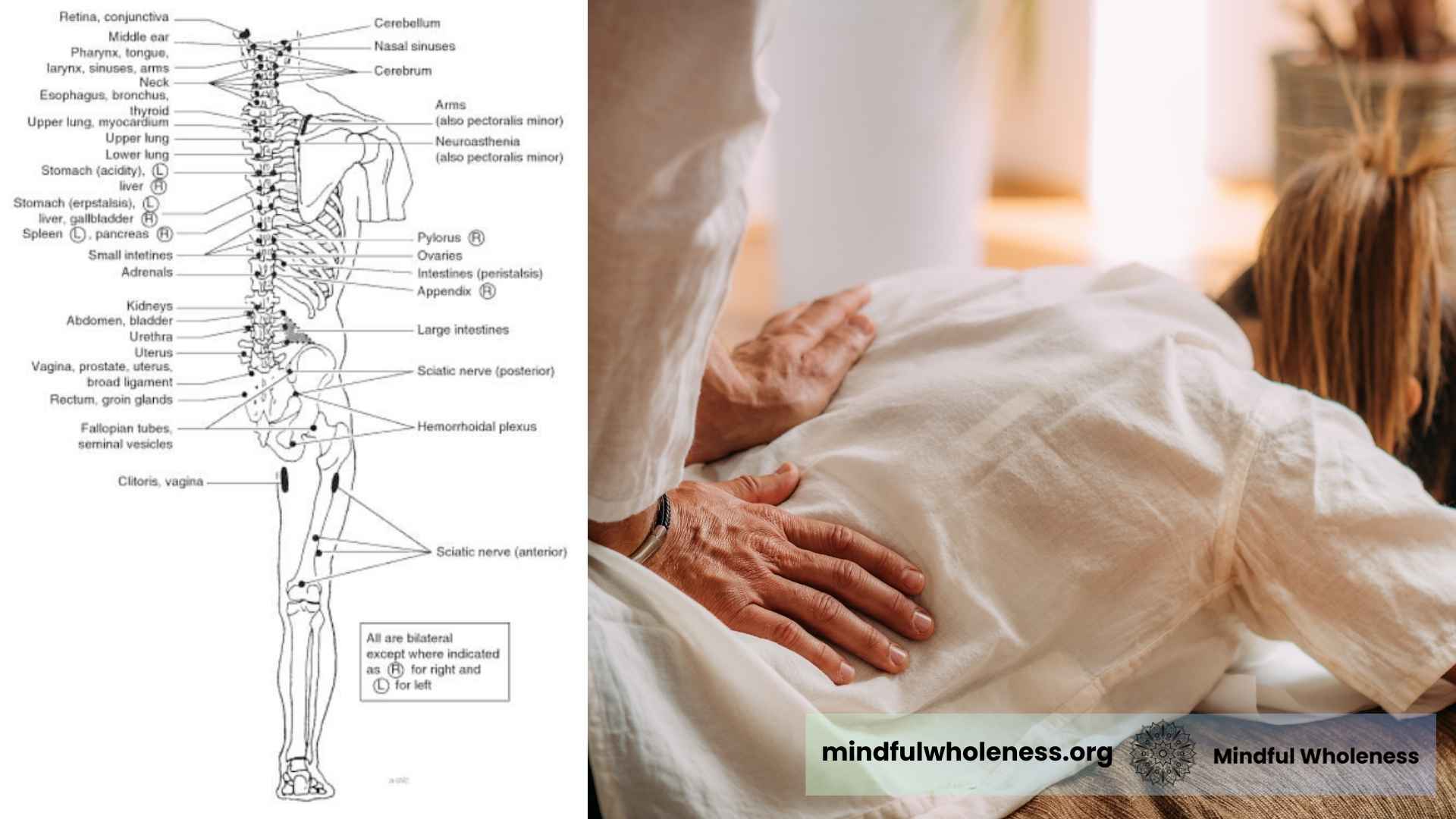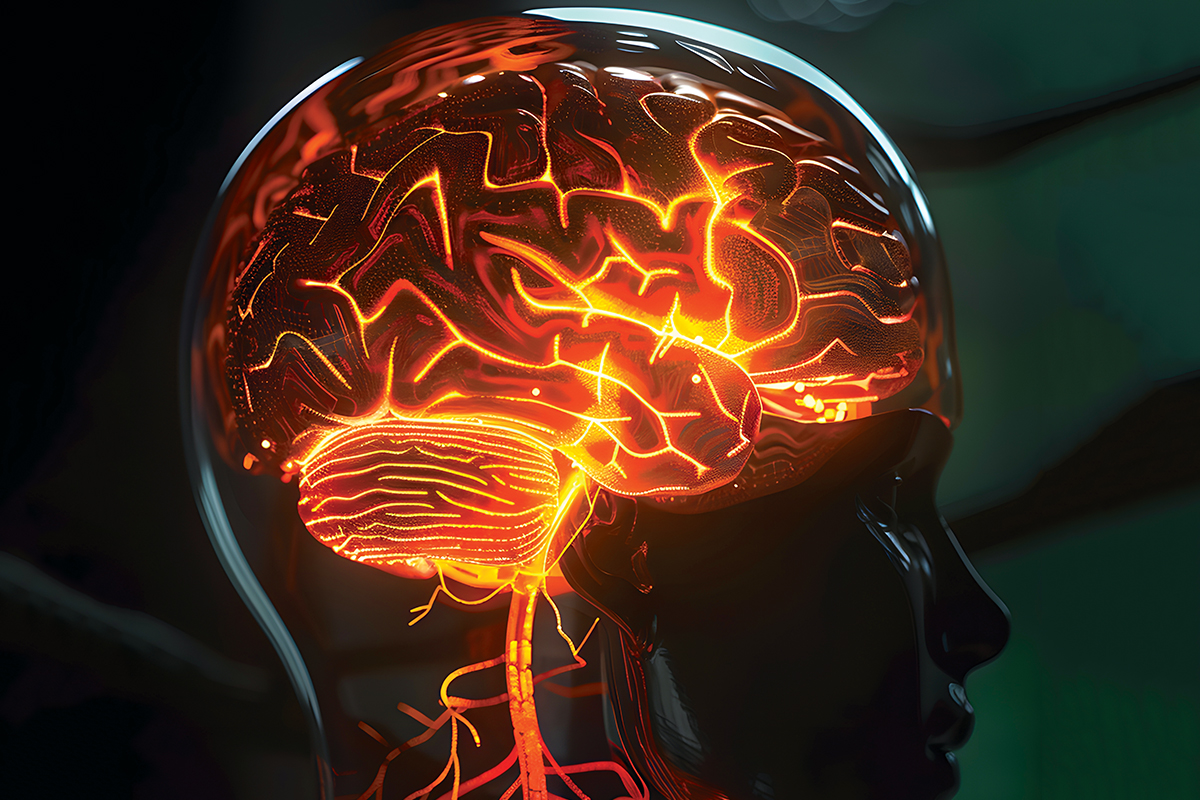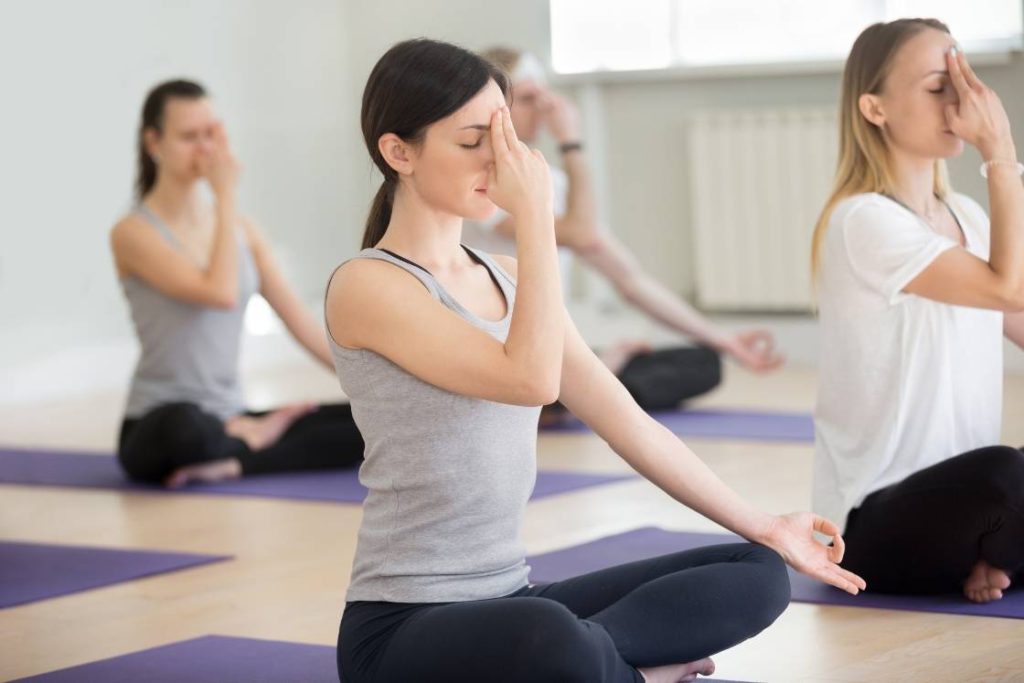The Power of Intentional Touch
In today’s digitally driven, high-speed world, the simple act of intentional human touch holds remarkable healing potential. Shiatsu, an ancient Japanese bodywork therapy, offers a deeply restorative experience rooted in the principles of Traditional Chinese Medicine.
Unlike conventional massage, Shiatsu works with the body’s meridian system and life force energy, or “qi.” It aims to restore balance, reduce stress, and promote the body’s natural self-healing abilities.
Practitioners apply rhythmic pressure along energy pathways to stimulate flow and release blockages. Mindful breathwork and present-moment awareness are central to the practice.
Through this intentional presence, the body is engaged in a quiet conversation of trust and renewal. Shiatsu becomes more than just a physical treatment—it is a holistic practice that harmonizes body, mind, and spirit.
What is Shiatsu?
Shiatsu, which translates to “finger pressure” in Japanese, is a holistic bodywork therapy that developed in Japan. It draws heavily on the principles of Traditional Chinese Medicine. At its core, Shiatsu involves applying gentle yet firm pressure to the body.
Practitioners use fingers, thumbs, palms, elbows, and sometimes even knees. The pressure is directed to specific points along the body’s energy channels, known as meridians.
These meridians are believed to carry “qi,” or life force energy, which must flow freely for optimal health and well-being. The practice of Shiatsu aims to correct energetic imbalances, alleviate tension, and stimulate the body’s innate ability to heal itself.
Unlike Western massage, Shiatsu does not focus solely on muscle manipulation. It is typically performed without oils and does not require direct contact with bare skin. Instead, the practice takes place on a soft mat or futon, with the recipient remaining fully clothed.
The core emphasis of Shiatsu is on energetic alignment and the interconnectedness of body, mind, and spirit. Shiatsu sessions are deeply meditative, involving not just physical touch but also attentive listening, mindful breath, and present-moment awareness.
The practitioner works intuitively and sensitively, adjusting pressure and technique to the individual’s needs. As a result, Shiatsu offers not only physical relief from pain or stiffness, but also emotional balance, mental clarity, and a renewed sense of inner harmony.
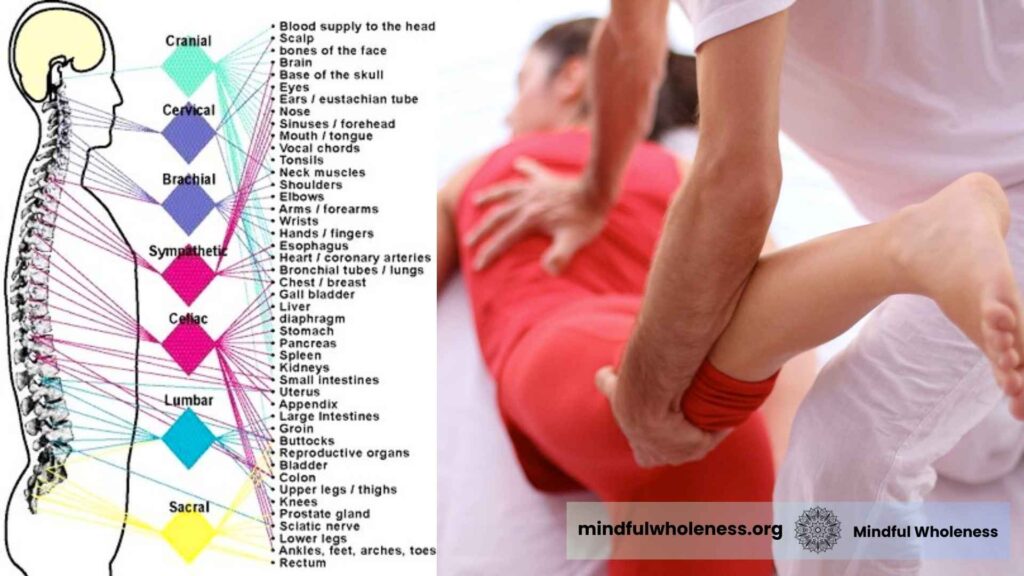
Origins and Philosophy
Shiatsu has its roots in both Traditional Chinese Medicine (TCM) and Japanese healing traditions. It blends ancient wisdom with modern therapeutic practices.
Central to Shiatsu’s philosophy is the concept of Ki (also known as Chi or Qi), which refers to the life energy that flows through the body. This energy is thought to be vital for sustaining health and well-being.
Just as in TCM, the balance of Yin and Yang is crucial to maintaining health in Shiatsu. Yin represents passive, cooling, and receptive energy. Yang is active, warming, and assertive energy. The balance between these two forces is essential for optimal health.
In Shiatsu, it is believed that the harmony of Yin and Yang can affect physical, emotional, and spiritual health. Achieving balance between these energies ensures a state of overall well-being.
Shiatsu evolved into its modern form in the early 20th century, influenced by key figures such as Tokujiro Namikoshi and Shizuto Masunaga. Namikoshi is credited with formalizing Shiatsu as a distinct therapeutic practice.
Masunaga expanded the discipline by integrating a more intuitive approach to energy flow. He also focused on body alignment, further developing Shiatsu into a holistic therapy.
Unlike conventional Western medicine, which often targets specific symptoms, Shiatsu treats the person as a whole. It recognizes that physical ailments are often connected to emotional and energetic imbalances.
By combining anatomical knowledge with the art of energetic touch, Shiatsu seeks to restore balance and enhance vitality. The practice promotes holistic well-being, focusing on long-term health rather than temporary relief.
How Does Shiatsu Work?
Shiatsu works by activating specific pressure points along the body’s meridian channels. These meridians are believed to correspond to different organ systems and energy pathways.
By applying rhythmic pressure, Shiatsu stimulates these points, which helps restore the free flow of Qi (life energy). This process supports the body’s natural healing abilities.
Shiatsu also balances the nervous system, helping to regulate hormonal function. As a result, it promotes both emotional and physical stability.
One of the key benefits of Shiatsu is its ability to improve blood and lymphatic circulation. This enhancement promotes better oxygen delivery to tissues and facilitates detoxification. Additionally, it helps reduce swelling throughout the body.
The pressure applied during Shiatsu works to release deep-seated tension and tightness. Remarkably, this is done without using force, making it a gentle therapy. Despite being gentle, it remains an effective way to address muscular and energetic imbalances.
Shiatsu also encourages the body’s parasympathetic nervous system, activating the “rest-and-digest” state. In this relaxed state, the body can more effectively heal, repair, and restore itself.
Shiatsu listens to the body’s needs before it applies pressure. It adapts to the unique rhythm, energy, and breath of each individual, allowing the practitioner to fine-tune their approach.
This intuitive aspect of Shiatsu ensures that the treatment is personalized and deeply attuned to the body’s current state, promoting a harmonious and effective healing experience.
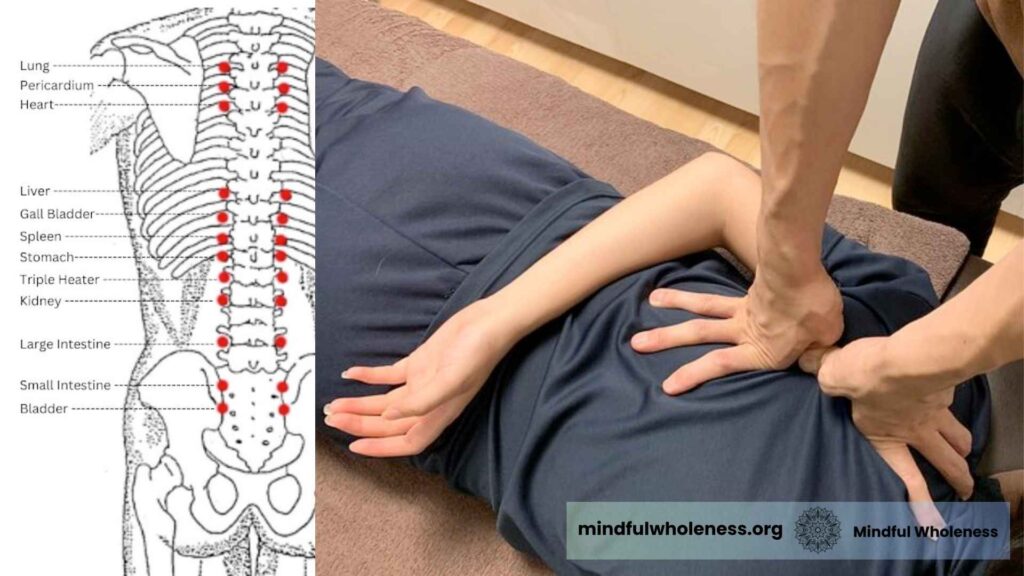
Benefits of Shiatsu
Shiatsu offers a wide range of therapeutic benefits, primarily focused on deep relaxation and stress relief. By encouraging the flow of energy throughout the body, it helps reduce tension and promotes a calm, balanced state.
Many individuals find relief from chronic discomfort, including back pain, headaches, and neck or shoulder tension. This is due to Shiatsu’s ability to address both physical tightness and energetic blockages.
In addition to pain relief, Shiatsu has a positive impact on digestion and sleep. By promoting relaxation and reducing stress, it supports the body’s ability to function optimally, improving digestion and helping individuals experience more restful, rejuvenating sleep.
Regular Shiatsu treatments can also boost immunity and enhance resilience, helping the body defend against illness and adapt to stressors more effectively. Shiatsu’s benefits extend to emotional well-being as well.
The therapy encourages emotional release, helping individuals process and unwind trauma, which can lead to a deeper sense of emotional balance. It also plays a role in hormonal and menstrual regulation, alleviating symptoms such as cramps or mood swings.
Most importantly, regular Shiatsu treatments support the body’s natural healing mechanisms, providing long-term wellness without reliance on medication. By focusing on the body’s innate capacity to restore itself, Shiatsu fosters a holistic approach to health.
What to Expect in a Session
In a Shiatsu session, you can expect a calming and deeply restorative experience. The treatment is typically conducted while you remain fully clothed, lying on a padded mat or comfortable couch.
No oils or machines are used in the practice. Instead, the practitioner relies on mindful, skilled touch to engage with your body’s energy flow and physical tension. Sessions typically last between 45 and 75 minutes.
This allows ample time for the practitioner to address your specific needs. The session begins with an initial observation and diagnosis. The practitioner may use techniques like palpation, which involves gentle pressing to feel the body’s tissues.
Another method is hara reading, a traditional technique for assessing energy in the abdominal area. These diagnostic methods provide insight into your body’s current state. They help the practitioner identify areas of imbalance or tension.
By understanding these factors, the practitioner can tailor the treatment to restore balance and promote healing.
Once the diagnosis is complete, the practitioner applies rhythmic pressure along the body’s meridian lines, focusing on areas of blockage or stress. The goal is to restore the free flow of energy, which can alleviate physical discomfort and emotional tension.
The session typically ends with a sense of grounded calm, leaving you with a renewed sense of energetic realignment and balance. This holistic approach fosters relaxation, healing, and overall well-being.
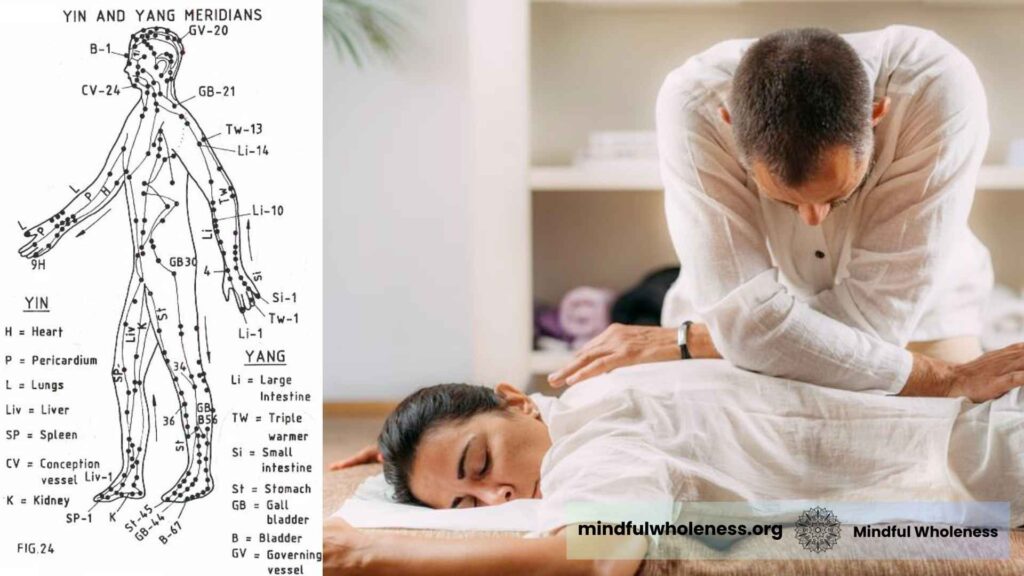
Shiatsu and Sustainability: Healing that Respects the Earth
Shiatsu embodies sustainability in its purest and most holistic form. It aligns seamlessly with both environmental and personal well-being. Unlike many modern therapies, Shiatsu does not rely on machines, chemicals, or disposable materials.
It requires no waste, no synthetic substances, and no technological tools. The practice is based purely on human skill, touch, breath, and presence. This creates a deeply personal connection between the practitioner and the recipient.
The simplicity of Shiatsu reflects the essence of sustainability. It is about being in harmony with natural resources and processes.
By encouraging self-healing, Shiatsu reduces the need for external medical interventions. It promotes a more balanced, natural approach to health. The practice focuses on restoring energy flow, relieving stress, and supporting the body’s innate ability to heal.
This helps foster long-term wellness without relying on pharmaceuticals or invasive procedures. Additionally, Shiatsu can be taught and practiced locally, making it accessible to communities. It serves as a valuable tool for community-based care.
Its low-tech, accessible nature empowers individuals to care for themselves and others. This reduces the dependence on larger, centralized healthcare systems.
Just as we strive to restore balance in our environment through sustainable practices, Shiatsu offers a path to restore inner balance. It does so organically, respectfully, and quietly.
Shiatsu supports the concept of circular health, where restoration, healing, and balance are ongoing. This contributes to a more harmonious relationship between the body and the Earth.
Modern Applications & Scientific Backing
Shiatsu, while rooted in ancient Eastern traditions, has found a meaningful place in modern healthcare and wellness systems. It is now practiced across the world. Its applications extend far beyond relaxation.
There is growing scientific interest and clinical use in managing chronic conditions and improving quality of life. In cancer recovery centers, Shiatsu is increasingly integrated into patient care plans. It helps manage fatigue, pain, anxiety, and emotional stress.
The therapy is gentle and non-invasive. This makes it especially suitable for individuals undergoing intensive medical treatments, offering a sense of comfort and reconnection with the body during vulnerable times.
In countries such as Germany and Switzerland, Shiatsu is recognized by certain health insurance providers as a reimbursable therapy. This endorsement reflects its therapeutic value and growing credibility within evidence-based medical systems.
Shiatsu is also used in hospitals, rehabilitation clinics, and mental health programs, where it supports physical recovery and emotional resilience. Scientific studies have begun to validate the benefits of Shiatsu.
It has shown positive effects for conditions such as anxiety, insomnia, premenstrual syndrome (PMS), and fibromyalgia. Research suggests that Shiatsu may help regulate the autonomic nervous system and reduce cortisol levels.
It also enhances parasympathetic activity, which contributes to reduced stress and improved physiological functioning. What makes Shiatsu unique is its ability to bridge the worlds of science and intuition.
Shiatsu combines precise anatomical knowledge with sensitive, responsive touch. It adapts to the individual’s needs in real time. This blend of structure and intuition makes Shiatsu effective in both clinical and wellness settings.
It can be used to treat illness, enhance recovery, or maintain overall balance. As healthcare shifts toward more integrative and holistic models, Shiatsu is becoming increasingly relevant.
Its gentle yet profound approach supports not just symptom relief, but true healing on physical, emotional, and energetic levels.
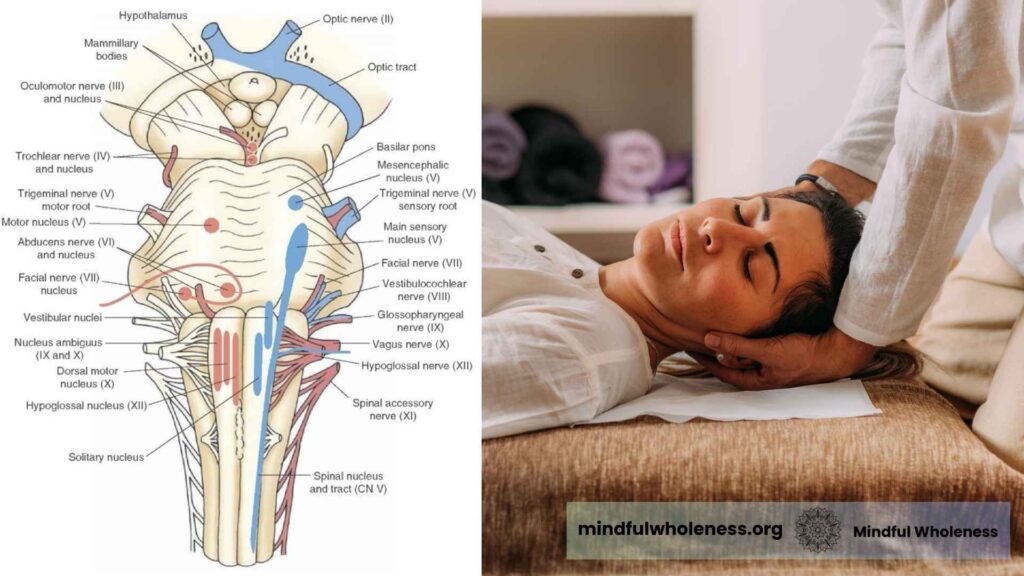
Shiatsu at Mindful Wholeness / Saurabh Gupta’s Practice
At Mindful Wholeness, Shiatsu is offered as a core reset therapy. It is designed to restore the body’s natural balance and support deep healing. The practice is led by Saurabh Gupta.
He integrates traditional Japanese Zen Shiatsu principles with modern insights into somatic awareness and nervous system regulation. Each session goes beyond surface-level relaxation.
It combines breath regulation, postural recalibration, and facial reflex activation to address both physical and energetic imbalances. Shiatsu at Mindful Wholeness is tailored to meet the unique needs of each individual.
It supports elite athletes recovering from physical strain, high performers managing chronic stress, and those healing from burnout or emotional exhaustion. The therapy engages the musculoskeletal system.
It also works with the energetic and emotional layers of the body to create a state of calm, clarity, and grounded presence. Clients frequently describe the experience as “the most grounding session they’ve ever had.”
They note lasting effects on their posture, mood, and mental clarity. The therapy focuses on mindful touch and present-moment awareness. Shiatsu at Mindful Wholeness serves as a powerful tool for both healing and ongoing self-care.
It is not just a treatment—it’s a practice in wholeness, awareness, and inner alignment. The holistic approach helps individuals maintain balance and well-being long after the session ends.
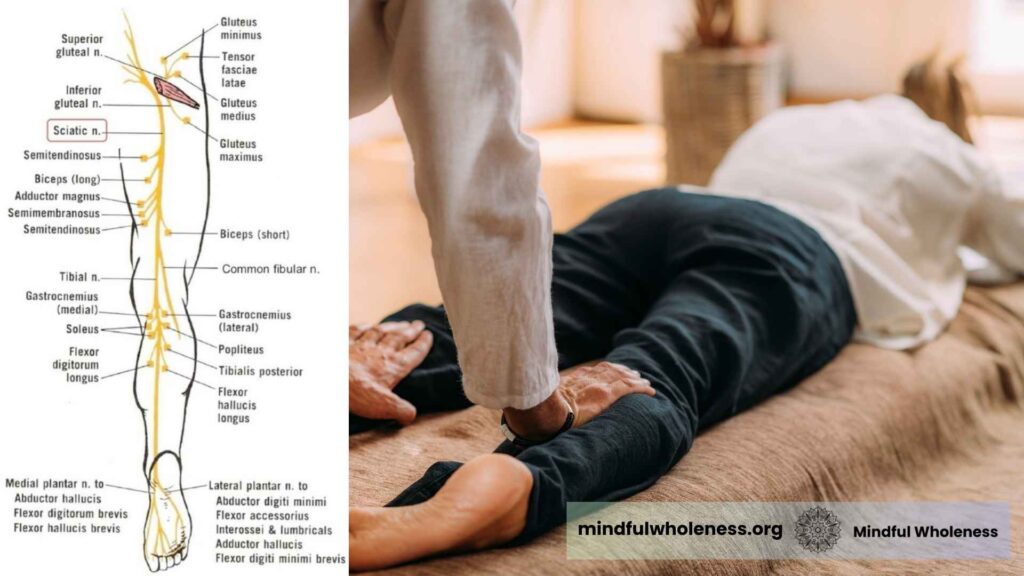
Shiatsu: The Quiet Path to Holistic Well-Being
Shiatsu represents a quiet revolution in healing. It offers a profound reminder that touch, presence, and energy alignment can achieve what no machine or pill ever could. In a world dominated by fast-paced, technology-driven solutions, Shiatsu offers a return to simplicity.
The practice allows the body and mind to find their natural rhythm. As the body softens under the skilled touch of the practitioner, the mind slows down. In this process, peace is found in the present moment. As tension and pressure are gently released, clarity returns.
With the restoration of balance, true health begins again. Vitality follows as the body’s natural state is reawakened. The result is a sense of holistic well-being, grounded in both body and mind.
FAQs on Shiatsu: Healing Through Pressure, Grounded in Tradition
What is Shiatsu?
Shiatsu is a traditional Japanese bodywork therapy that uses finger pressure along specific points on the body’s meridian system to restore balance and promote healing.
How does Shiatsu differ from regular massage?
Unlike regular massage, which focuses primarily on muscle manipulation, Shiatsu works with the body’s energy pathways, or meridians, to balance energy flow and promote overall well-being.
What are meridians in Shiatsu?
Meridians are energy pathways in the body that are believed to correspond to various organ systems. The flow of life energy, or “Qi,” along these pathways is essential for good health.
What does “Qi” mean in Shiatsu?
Qi, also known as life force energy, is the vital energy that flows through the meridians. In Shiatsu, the goal is to balance and enhance the flow of Qi for optimal health.
What are the benefits of Shiatsu?
Shiatsu can help with stress relief, relaxation, pain reduction (such as back and neck pain), improved digestion, better sleep, emotional balance, and enhanced immunity.
How long do Shiatsu sessions typically last?
Shiatsu sessions usually last between 45 to 75 minutes, depending on individual needs and the practitioner’s approach.
Do I need to undress for a Shiatsu session?
No, Shiatsu is typically performed with the client fully clothed, as it is usually done on a mat or futon without the use of oils.
What should I wear to a Shiatsu session?
Wear loose, comfortable clothing that allows free movement, such as yoga pants and a t-shirt.
Can Shiatsu help with chronic pain?
Yes, Shiatsu is effective for addressing chronic pain conditions, including back pain, headaches, and muscle tension, by releasing blockages and restoring energy flow.
Is Shiatsu suitable for everyone?
Shiatsu is generally safe for most people, but it may not be suitable for those with certain medical conditions. It’s always a good idea to consult with a healthcare provider before starting Shiatsu therapy.
How often should I receive Shiatsu treatments?
The frequency of treatments depends on individual health goals. For general well-being, once a month may be sufficient, while for specific issues, more frequent sessions may be recommended.
Is Shiatsu a form of alternative medicine?
Shiatsu is considered an alternative therapy that complements conventional medicine. It focuses on holistic health, addressing the physical, emotional, and energetic aspects of a person.
Can Shiatsu help with emotional issues like stress and anxiety?
Yes, Shiatsu can reduce stress, anxiety, and emotional tension by promoting relaxation and balancing the nervous system.
Does Shiatsu help with sleep disorders?
Shiatsu can help improve sleep by calming the nervous system, reducing stress, and balancing energy, which may lead to better sleep quality.
Is Shiatsu painful?
Shiatsu is generally not painful, though you may feel pressure on certain areas. The practitioner adjusts the intensity based on your comfort level.
Can Shiatsu help with digestive issues?
Yes, Shiatsu can improve digestion by stimulating specific energy points related to the digestive system, promoting better function and reducing bloating or constipation.
What should I expect during a Shiatsu session?
You can expect a relaxing experience where the practitioner applies rhythmic pressure along your meridians. The session may begin with observation and diagnosis, followed by gentle yet firm touch.
Can Shiatsu improve my athletic performance?
Yes, Shiatsu is used by athletes to enhance recovery, reduce muscle tension, and increase flexibility, leading to improved performance.
Is Shiatsu backed by scientific research?
Yes, there is growing evidence that Shiatsu can help with a range of conditions such as anxiety, pain, fibromyalgia, and stress. Several studies have shown its therapeutic benefits.
Can I do Shiatsu at home?
While it is best to see a trained practitioner for Shiatsu, there are certain self-care techniques and pressure points that can be used at home to help promote relaxation and energy flow.

